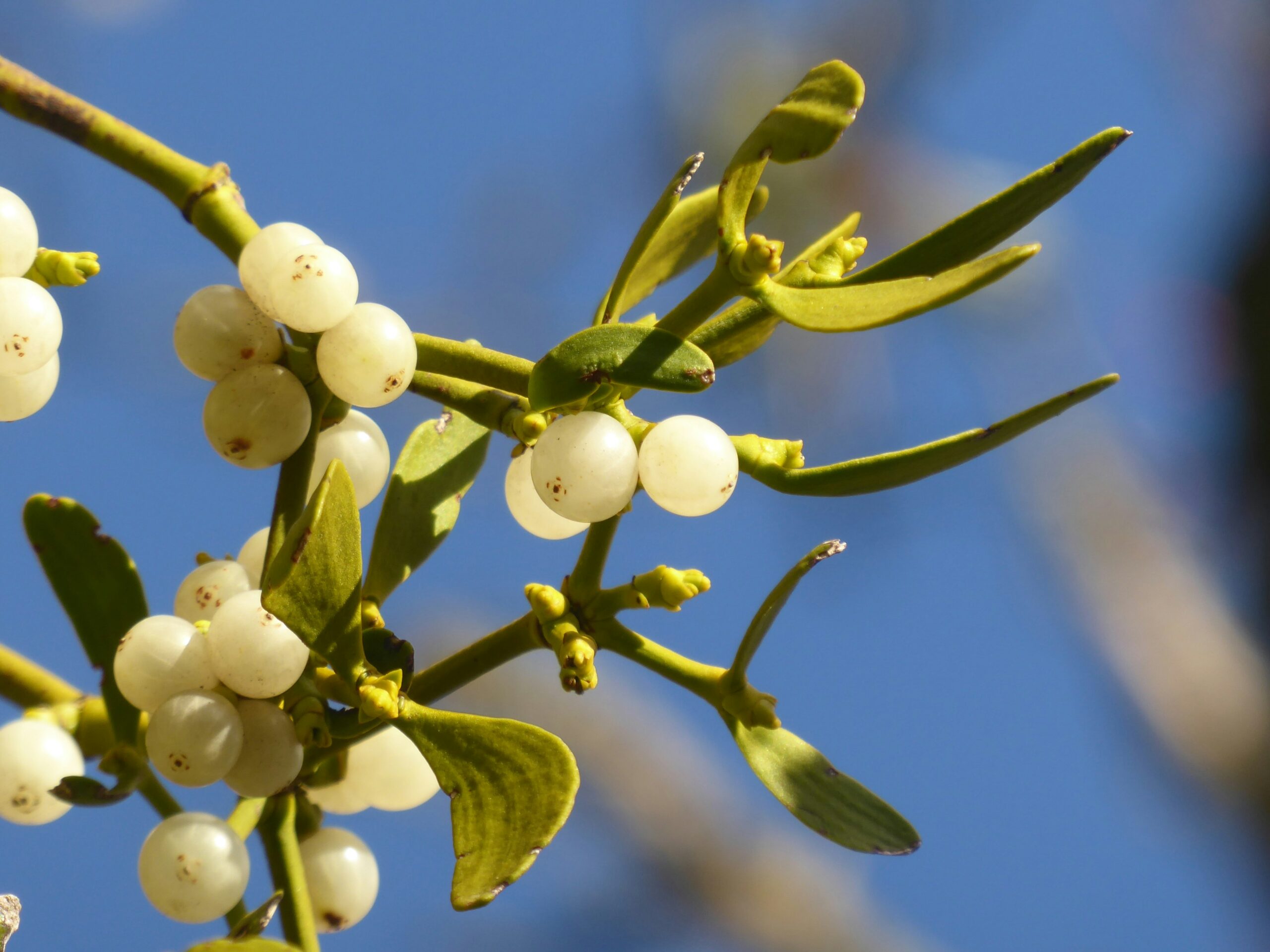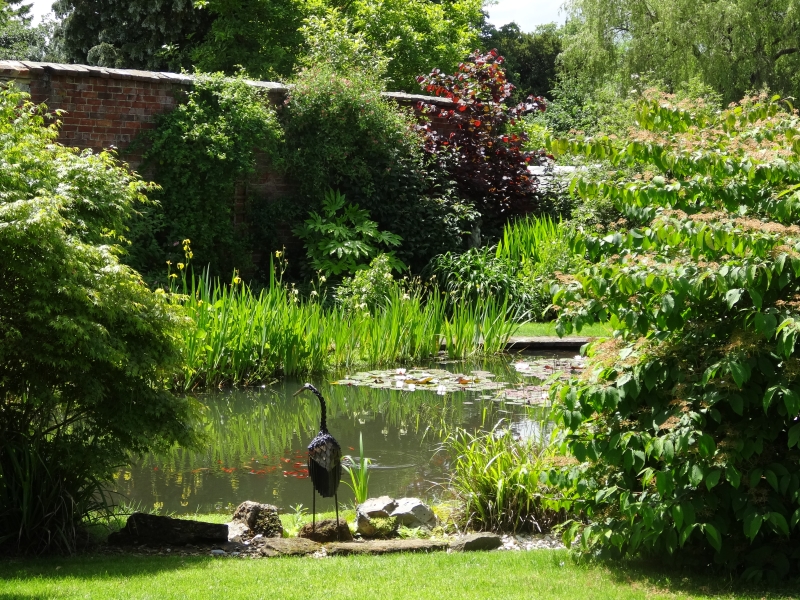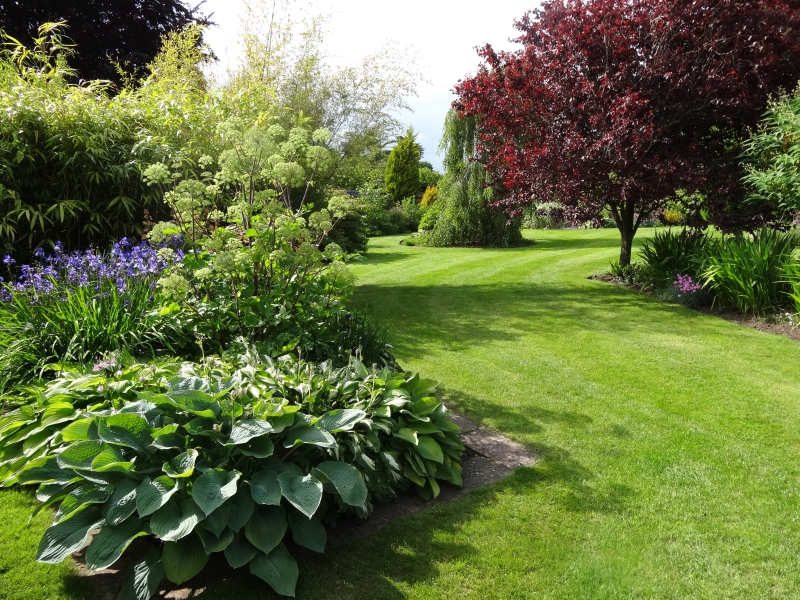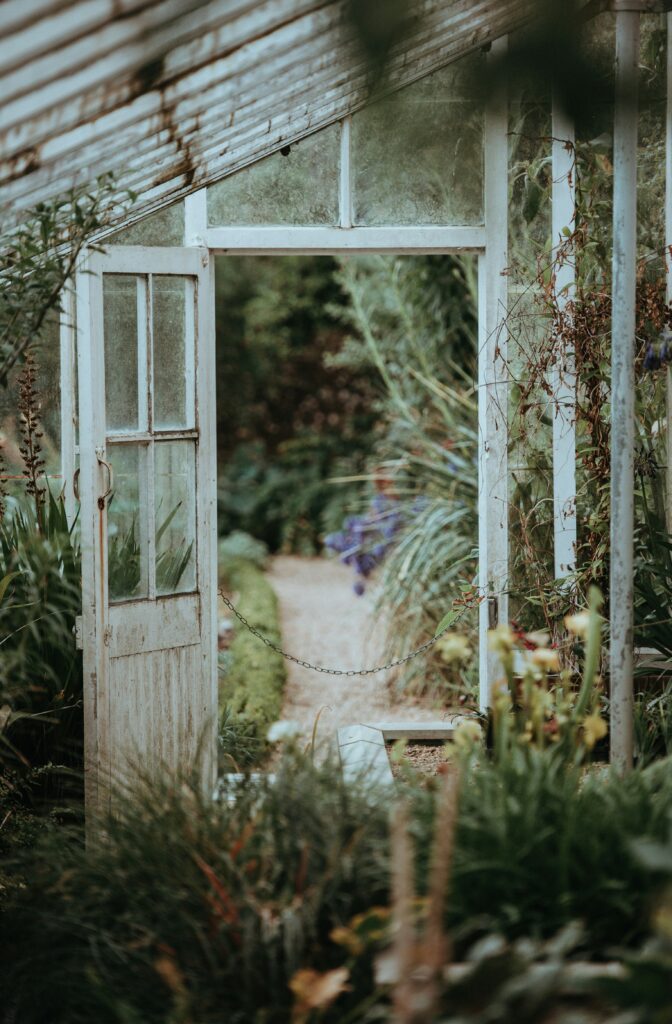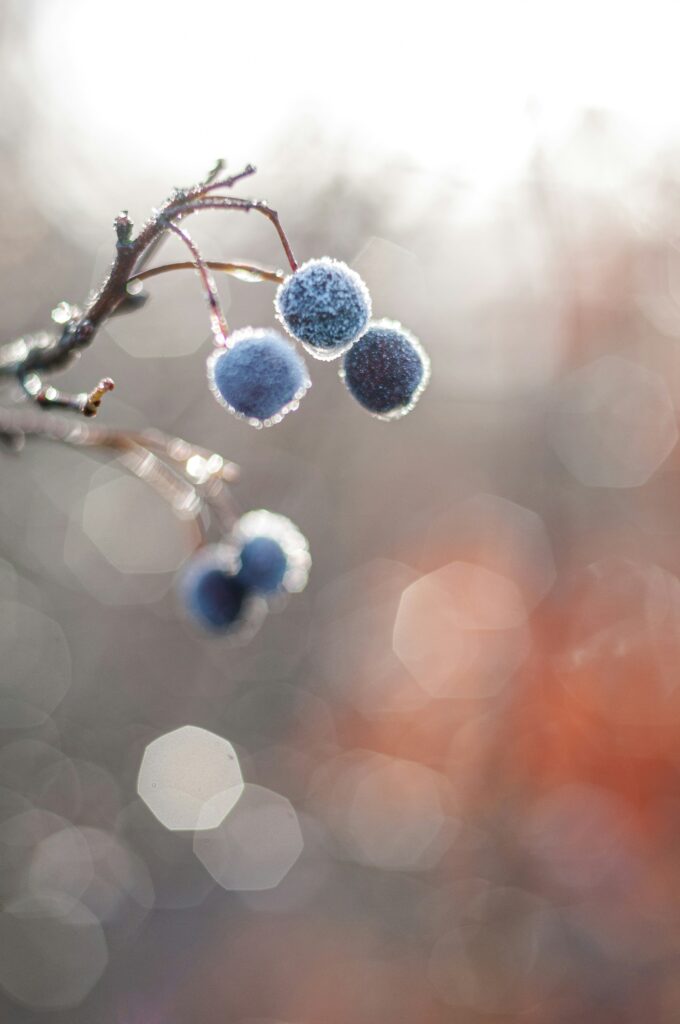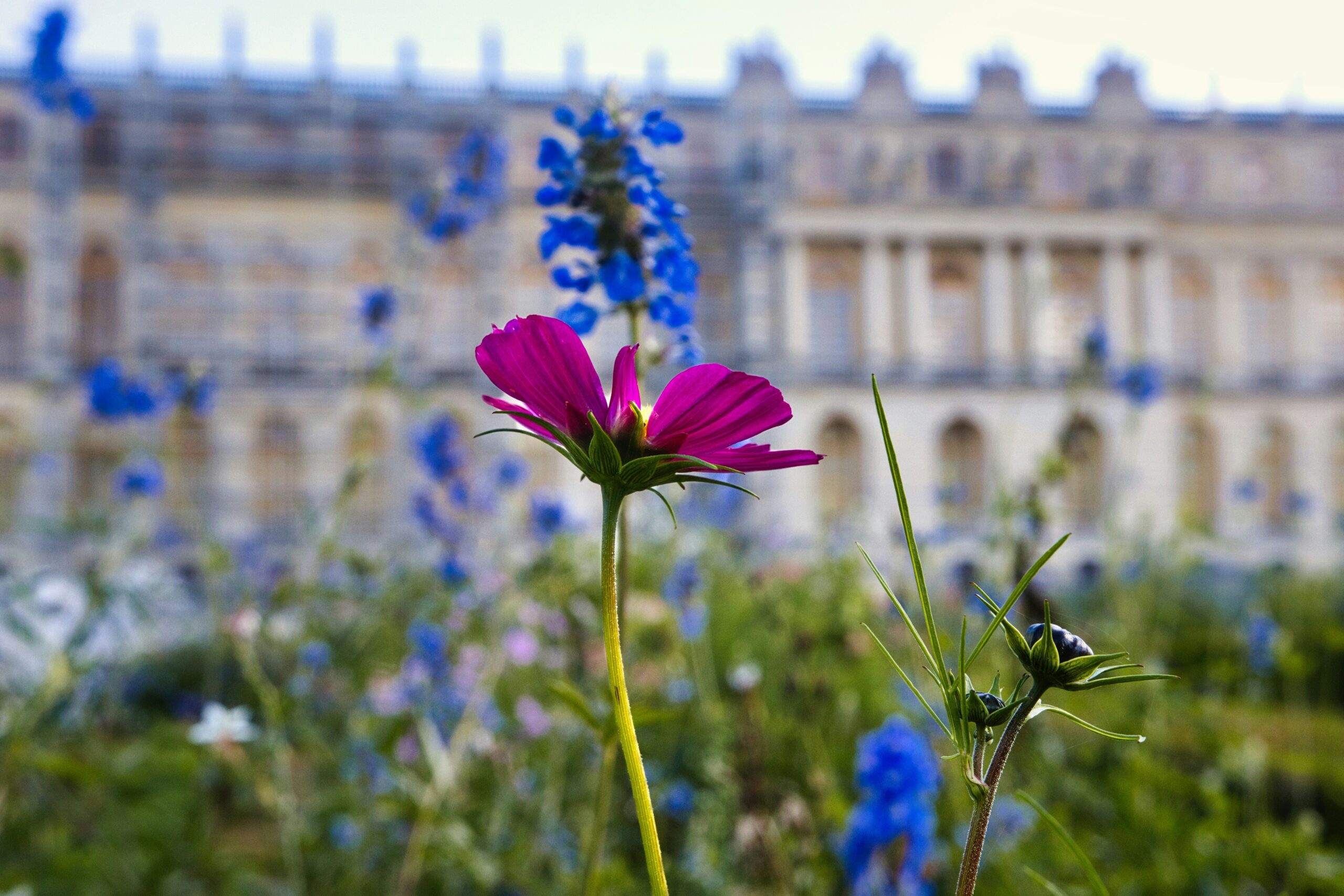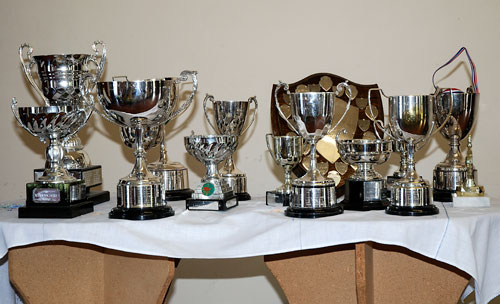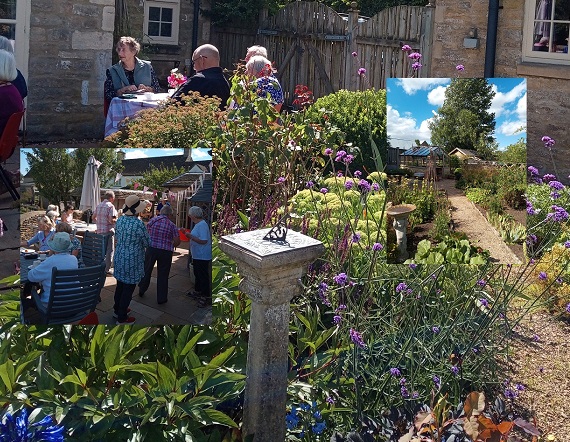Nathalie Mignotte

Our November talk attracted a good audience of members and guests to hear about the landscape and flora of Hokkaido , the most Northerly island and the second largest of Japan. It has coastlines on the Sea of Japan. the Sea of Okhotsk and the Pacific Ocean and is on the same latitude as Vladivostok. The centre is mountainous with volcanic plateaux.
The mystic of the country was brought to life by Nathalie Mignotte with wonderful slides of the ever changing landscape supported by her tales as a single intrepid traveller – having to participate in bear drill and hoping not to encounter one or preparing for long walks with hot matcha tea and a red bean pasty.
Known for its national parks the area has a volcanic legacy which has shaped a wilderness with low population density but peppered with hot springs, lakes, mountains, forests and patches of cultivated land . Warm summers are followed by harsh winters with many feet of snow whilst cold Arctic winds blow in from Siberia , each leaving their mark on the flora and fauna of the area.
During our tour with Nathalie we learned much about this fascinating area:
Each cultivated area is dedicated only to a single crop , be it rice or an orchard fruit such as plums and is concentrated inland – there is no mixed agriculture.
The national parks are well managed but not over managed to protect the natural landscape which takes priority over people . There is a huge respect for nature throughout Japan .So hot sulphur springs could be observed at close quarters without notices or barriers to warn the public and no one would ever pick any plant or flower out of its natural habitat. Locally growing indigenous bamboo or wood such as oak or birch are used to provide footpaths and to emphasise the natural look.
Tsunamis, typhoons and earthquakes occur which totally destroy vegetation and inform land management . A very acidic soil with brackish water provides the environment for dwarf azalea, rhododendron, grasses and bamboo under oak trees in the space of a mile . Enormous water lilies thrive despite enduring winter temperatures which freeze the lakes to a depth of three feet. Around every corner is a new vista whether mountain , blue lake or round black pumice stones .
The area is well known for moss and is the only place in the world where moss balls naturally occur in Lake Akan . Known as Marimo they are in fact a unique type of spherical algae, not moss , are protected as a declining species and symbolise everlasting love and luck.

